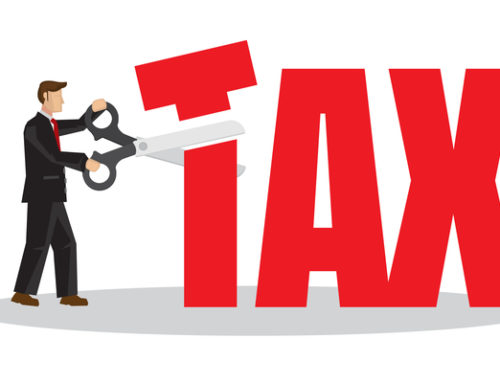Generally speaking, a retirement plan such as a 401(k) is a good place to invest money. You may do so on a tax-deferred basis or tax-free basis, which can have a beneficial impact on your retirement. The government allows contributions at lower levels until age 50, and allows for a catch-up provision after age 50. While these policies often change annually, the government allows for the catch-up, functioning on the belief that it is harder to save in our younger years than in our later years.
When and where possible, an essential aspect of any financial plan is to prioritize retirement contributions. Below, we break down the various retirement plans available to help you save toward the life you want to create in your later years.
Employer Sponsored Plans – 401(k), 457 or 403(b)
Many people hold a portion of their retirement savings in Employer Sponsored Plans (ESPs). ESPs are benefit plans that employees contribute to and, in some cases, have their contributions matched by their employer. There may be a huge benefit to the employees since they can receive significant tax breaks on their contributions. On the flip side, a downside can be a lower level of control over the investment choices. We recommend working with your financial planner to help reassess on a quarterly basis.
401(k) Rollover
Upon termination of employment, an individual has several options. They can; leave the money in his/her former employer’s plan, if permitted, roll over the assets to his/her new employer’s plan (if one is available and rollovers are permitted), roll over to an IRA or cash out the account value. We often recommend rolling over one’s 401(k) to an Individual Retirement Account (IRA). A couple advantages of this are; the individual now has a higher number of investment choices, and often better guidance on selection. Once you withdraw from your retirement account, there will be no penalties or taxes on that amount as long as it you redeposit that money into a qualifying retirement account within 60 days.
In Service Withdrawal
In-service withdrawals are taken from employee-sponsored retirement plans prior to a triggering event, such as reaching age 59.5, employment termination or becoming disabled. Depending on the specifics, there may be certain tax breaks with these withdrawals as well and some of the same advantages as 401(k) rollover options discussed above.
Roth IRA
A Roth IRA is an individual retirement account that is very similar to the traditional IRA. Both the biggest difference, and most notable advantage, of a Roth IRA is how it is taxed. Contributions to Roth IRAs are made with after-tax dollars. While contributions are not tax-deductible, withdrawals once you have reached age 59.5 are tax-free. The Roth IRA offers tax deferral on any earnings in the account. Withdrawals from the account may be tax free, as long as they are considered qualified. Limitations and restrictions may apply. Withdrawals prior to age 59 ½ or prior to the account being opened for 5 years, whichever is later, may result in a 10% IRS penalty tax. Future tax laws can change at any time and may impact the benefits of Roth IRAs. They tax treatment may also change. Please consult your tax consultant for qualifications and details.
Individual Retirement Accounts (IRA)
Traditional IRAs allow individuals to make contributions with pre-tax dollars, which are then taxed when withdrawals are made during retirement. Contributions to a traditional IRA may be tax deductible in the contribution year, with current income tax due at withdrawal. Withdrawals prior to age 59 ½ may result in a 10% IRS penalty tax in addition to current income tax. If you have both an IRA and ESP, the IRS can limit the amount you can deduct from your taxes. The maximum contributions change on an annual basis and are dependent on age, so be sure to consult with your tax advisor.
Self-Employed Pension Plan (SEP)
SEPs are plans for those who own their own business. With a SEP, you can contribute up to 25% of your salary, up to a maximum allowed by the government. This changes annually so consult your financial planner or tax consultant. After three years, all employees must be included in the plan at the same percentage as the owner. For example, if the owner contributes 25% of their salary, then the employer must contribute the same percentage for the employees.
Defined Benefit Plan (DB)
Employers set up DBs as a pension plan for their employees. The employer makes all contributions and employees vest into the plan. These are very complex, and we recommend meeting with your financial planner or tax advisor to discuss. Potentially, this is the plan where the largest pre-tax contributions can be made.
As you can see, there are many options in place to help you save for retirement. Trost Financial Consulting is available help determine the options for your personal needs.




